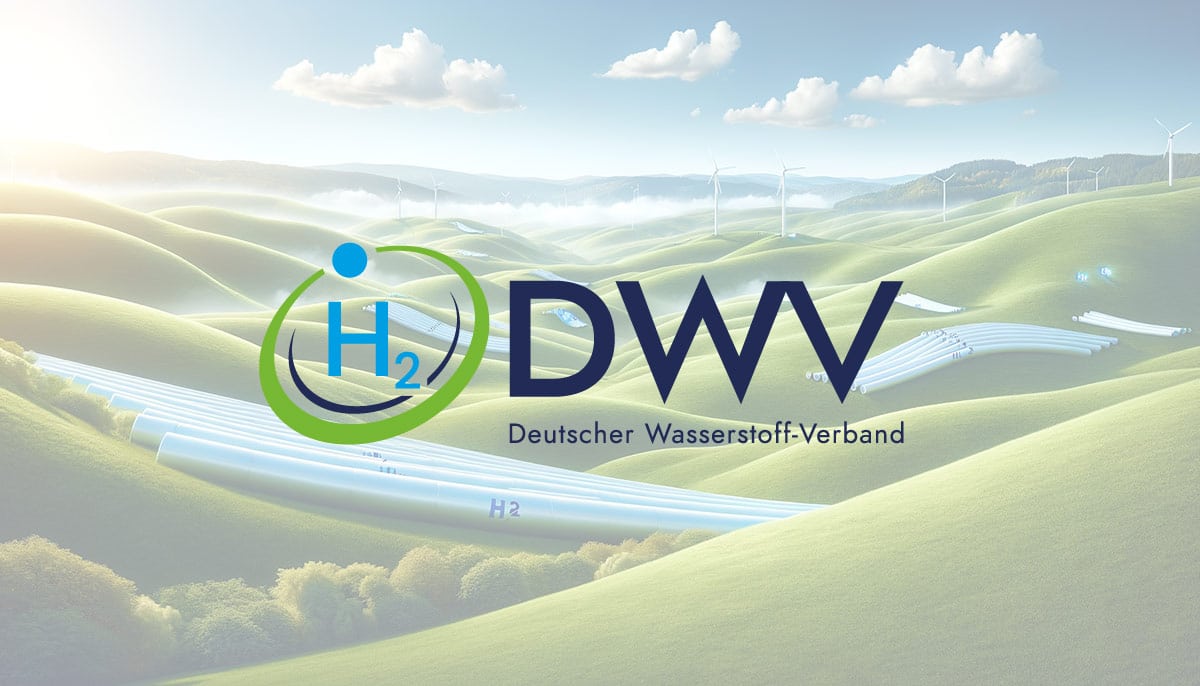Travel report from India by Sven Jösting
The Green Hydrogen in India congress took place in New Delhi on April 18 and 19, 2023. The occasion prompted an invitation for me to travel from Mumbai via Surat to New Delhi and then through Ahmedabad back to Mumbai. Scheduled along the way was a host of individual meetings with key representatives from major Indian corporations, often at their headquarters. These companies have all identified hydrogen as a new field of high growth and already have large amounts of renewable energy available – primarily solar energy – for hydrogen production. Their aim is to export hydrogen by ship in the form of green ammonia.
A number of large Indian corporations have not only already installed up to 5 gigawatts of solar generation but are each increasing their photovoltaic capacity by 1 gigawatt every year. This could result in green ammonia production of around 1 million metric tons annually – colossal amounts and highly ambitious plans. Although India is currently an importer of ammonia as fertilizer, it wants to turn this situation around within a few years. And its goal is not just to become self-sufficient but also to tap into a huge export market for green ammonia and green methanol. The plan is to take a 70:30 approach, i.e., 70 percent of the volume produced for in-country use and 30 percent for export.
President Modi takes on hydrogen
On the eve of the hydrogen congress, President Narendra Modi gave a speech about climate change on the India News television channel. He set out how India intends to tackle the climate crisis through numerous programs and measures. Every individual in India was reportedly called upon to manage the environment and resources wisely.
In January of this year India set in motion a comprehensive hydrogen program. The initiative gives particular weight to solar energy and wind power as the basis for the production of hydrogen. Green ammonia, along with green methanol, is clearly seen as the way to make hydrogen internationally transportable over the long term, an option which will allow India to develop it as an export commodity. However, since India itself has a large appetite for sustainably produced energy with the aim of reducing, and if possible supplanting, the importation of fossil fuels, the percentage of hydrogen exported will be smaller than the amount remaining in the country.
Of course, alongside climate change, there is also the issue of energy security and how technology may potentially be used to tackle these problems. The focus of the congress in New Delhi was purely on hydrogen.
National Green Hydrogen Mission
Launched only in January, India’s hydrogen program – the National Green Hydrogen Mission – is all-encompassing. Every aspect, from production to the many deployment opportunities, is addressed. Additionally, there will be numerous subsidy schemes. Here’s one example: The blending of hydrogen in gas grids is subsidized by the state, in other words the state assumes the transport costs in the pipelines. As the gas grid is currently not used to capacity, this is the perfect opportunity for hydrogen. To date, the proportion of hydrogen that can be injected is up to 18 percent.
Green Hydrogen in India
India has fully recognized the potential of green hydrogen. The country is working on highly ambitious plans in which companies are expected to be the primary drivers of implementation. The world’s largest energy conglomerate, India’s state-run NTPC, also plays a significant role in this decarbonization process which is being hastened thanks to a large number of individual projects being carried out across the nation.
India wants and needs to move away from oil and gas imports and also to find alternatives for coal so as to ensure energy security as well as tackle the issue of decarbonization. As it stands, the country spends over USD 90 billion buying in fossil-based energy carriers such as oil and gas. In all, 40 percent of its primary energy is imported. On the other hand, India boasts virtually endless potential to produce renewable energy very cheaply, mostly via solar power and increasingly via wind power – and predominantly offshore in the future. India sees itself as a hydrogen front-runner as renewable energy via solar power can be produced locally at highly affordable prices when compared globally.
There is a real eagerness to lay the foundations for large-scale hydrogen production. Rapid approvals procedures will be put in place for projects relating to renewables generation. People are talking about weeks or a few months rather than years like in Germany. Many areas are ideally suited since they are categorized as “wasteland,” meaning land which is not fit, for instance, for growing food or raising cattle.
The government and the responsible ministries are working on accelerating and supporting the ramp-up of the hydrogen economy by simplifying regulatory processes in addition to introducing assistance mechanisms. In this respect, President Modi is putting considerable pressure on local authorities to quickly make this a reality and to constructively support the hydrogen economy. Modi presumes, in a positive sense, that he is taking the right course of action as guided by his entrepreneurial mode of thinking. I’m told that this is something he is renowned for in his country.
Green ammonia: a foreign currency earner
Given that India still imports over 3 million metric tons of ammonia – derived from natural gas – for use as fertilizer, over the coming years it is possible that the many renewable energy resources coupled with future hydrogen production will make the country not just self-sufficient but also an exporter of ammonia. We are talking about 3 to 5 million metric tons of green ammonia per year as early as 2030 as a means of making green hydrogen transportable. A plethora of projects aiming to build ammonia plants are already at the planning and implementation stages. Many initiatives are located close to ports, rendering them ideal from a logistical perspective.
Pioneering conglomerates
The demand for green hydrogen is huge – above all in the chemicals industry, steelmaking and other industrial applications. A proportion of 10 percent is envisaged for the mobility sector, a figure which includes the use of hydrogen in commercial vehicles, on ships and on railroads. Yet the need for hydrogen is also foreseen for automobiles in the medium to long term according to the manager responsible for this area at the Reliance Group, whose major shareholder Ambani plans to invest more than USD 50 billion in hydrogen.
Ultimately, the issue of the day is still decarbonization. And India’s billionaires were well ahead when it came to hydrogen matters. That’s what leading executives at Reliance, Adani and other companies told H2-international when elaborating on their hydrogen plans. For example, Tata launched a hydrogen think tank together with Rand Corp. way back in 2004. Furthermore, the subsidiary Tata Motors set up a joint venture with Cummins Engine which has recently been extended to involve hydrogen technology.
India to keep electrolyzer production at home
However, there is a squeeze on the availability of electrolyzers needed to produce hydrogen. This situation is not just about the energy required by the electrolyzer but the availability of the necessary quantities of components and/or their capacities. Chinese manufacturers still dominate the scene when it comes to alkaline electrolyzers – the most widely adopted form of electrolysis. India’s intention is to set up its own industry, in other words attract foreign manufacturers and make use of their expertise through the construction of production facilities within the country, all of which will be subsidized by means of state-funded programs.
Market leaders in renewables such as Greenko have therefore established partnerships and joint ventures with companies like John Cockerill (electrolyzers) to ensure that they, too, can have sufficient electrolyzer capacity to meet ambitious corporate goals which include the use of hydrogen for ammonia production. Uniper already has an off-take agreement relating to future production quantities.
For companies in Europe, particularly in Germany, this development is creating extremely interesting opportunities not just to buy hydrogen but also to set up production (fuel cells, electrolysis, hydrogen tanks and component parts) through the transfer of technology by means of partnerships and joint ventures in India in a “local-for-local” approach.
On right path to the hydrogen era
India has fully comprehended the potential for producing its own hydrogen and is setting about making this a reality. Of course, this won’t happen overnight since it requires an enormous amount of capital investment and the projects need to meet the criteria for their financing. The high number of personal conversations with top-ranking officials from government and industry as well as delegates from key provinces leads me to the conclusion and the appreciation that India is perfectly positioned in this respect and will become a leading international player.
Increasing energy demand will continue to be met initially by fossil fuels but will be replaced by renewables and hydrogen little by little. India is on the right path to achieving that goal. Its aim is to be energy self-reliant by 2047 and reach net-zero carbon emissions by 2070. Several weeks ago, India became the most populous country on Earth with a total population of 1.4 billion – overtaking China. This means an intense and rapidly growing hunger for energy – but thankfully this energy will be renewably produced in the medium to long term.
I was able to attend this congress as a member of the delegation from the German advisory initiative Lili Navitas (which stands for “green energy”). The organization’s purpose is to connect up German and Indian companies focused on hydrogen and associated production technologies (e.g., electrolysis) and to facilitate connections in order to foster joint projects in both India and Germany. The initiator was Kiran Bhojani who previously worked in a high-level position at E.ON in Germany and has Indian heritage. He considers it his mission to guide India on its journey to becoming a hydrogen society and to support this by providing contacts and encouraging links between companies.
Author: Sven Jösting



























0 Comments